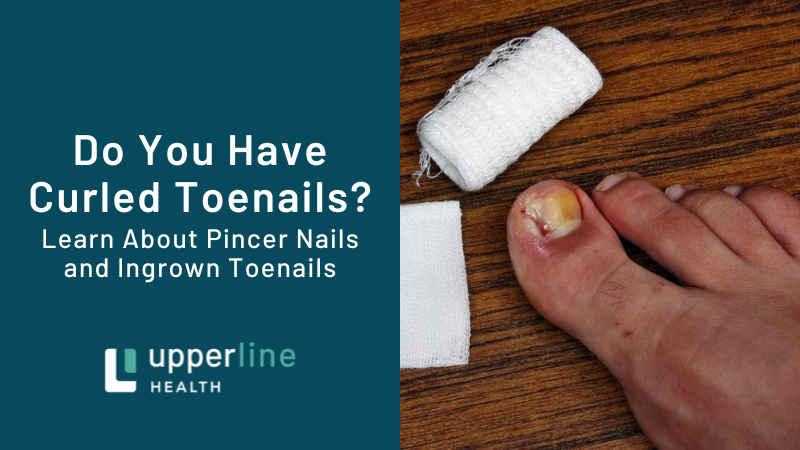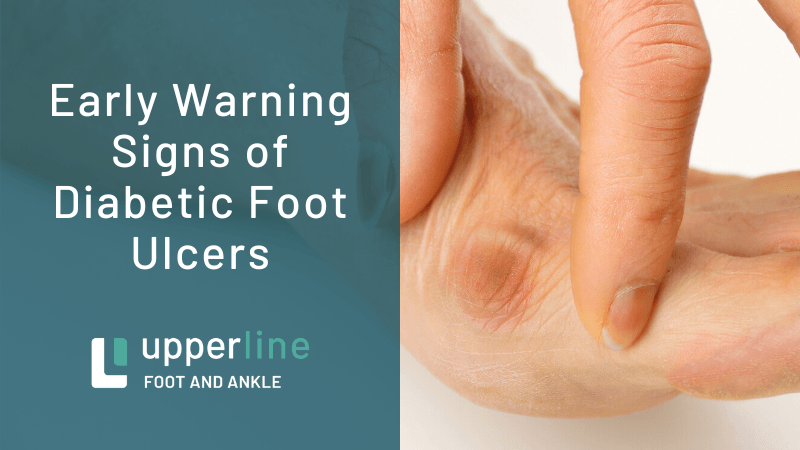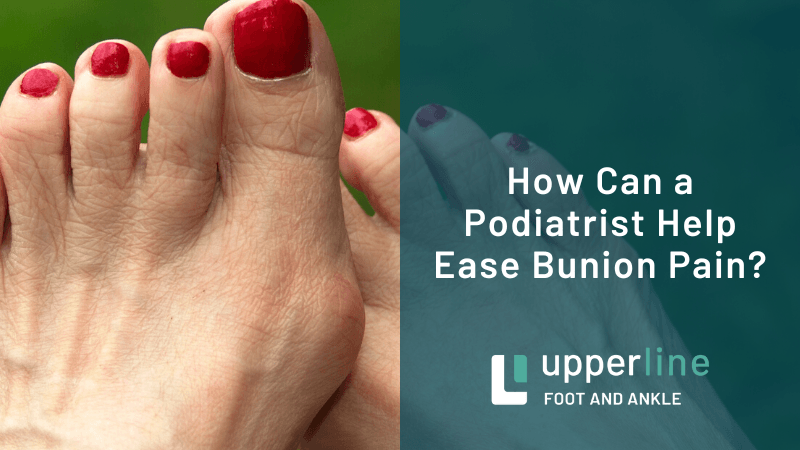6 Facts to Know About Fungal Infections Like Athlete's Foot

If your toes itch or your nails aren't their usual color, you may have fungus. If you understand the signs, you can seek out the treatment you need to control the infection. On the other hand, if you don't already have a fungus, you can take the necessary steps to prevent this type of infection.
1. Fungi Can Spread to Your Nails
Some types of fungus may spread from your feet and toes to your nails. For instance, athlete's feet stems from the tinea fungus and primarily affects your toes. In fact, when you develop this infection, you may experience itching or burning in between your toes that can spread to the bottoms of your feet. This fungus may cause itchy blisters and dry peeling skin on your feet.
Moreover, this infection may spread from your feet to your toenails. As a result, your nails may thicken, crumble, or become discolored.
2. Fungi Thrive in Moisture
Additionally, fungi thrive best in warm, moist environments like in between your toes. Specifically, you create an environment that fungi thrive well in if you allow your feet to remain wet or your feet sweat.
The fungus also grows and flourishes well naturally outside of public pools and showers due to the moisture.
3. Age Plays a Role in Fungi Development
In addition, while you may develop a fungal infection at any point during your life, you're more likely to acquire one as you get older. For one, your risk increases because your nails become brittle and create an ideal environment for fungi to grow. You may also have a compromised immune system as you age that not only allows fungi to occur but also lets recurring infections happen.
Moreover, when you become elderly, your toenails grow slower, which hinders your ability to make new cells to replace the infected ones.
4. Shoe Choices Can Promote Fungus
You also create a breeding ground for fungus when you choose shoes that are too tight for you since you enhance the amount of moisture in your shoes.
Additionally, pressure points are the most common areas for fungus to arise, such as where your toes press against your shoes. That's why shoes that don't have the proper arch support can enhance your risk of fungus as well.
5. Fungus Is Contagious
In addition, you can pick up fungus from surfaces. For instance, you could develop foot fungus from stepping on a surface in bare feet that has fungus or by wearing someone else's socks or socks. You could also pick up a fungus from a towel that an infected person used or from a towel that grew fungus. You could develop foot fungus from nail polish that's over a year old as well.
A fungal infection is even contagious if you touch a toe or foot of someone who has foot fungus and then touch your own feet. Additionally, you may spread this infection to others if you touch an infected surface and then touch someone else.
6. Diabetes Is a Risk Factor for Foot Fungus Complications
Diabetes can affect your nerves, so you may not notice the symptoms of the infection early on. Diabetes may also limit blood circulation to your feet, which affects your ability to heal from a fungal infection.
Foot fungus seems like a minor inconvenience, but you want to seek out the assistance of a professional if you have signs of it. Moreover, you want to be mindful of your habits to limit contracting it or spreading it to other people.
Schedule an appointment if you think you think you have a fungal infection by contacting Upperline Health, serving Ontario, Fontana, Chino Hills, and the surrounding areas.










